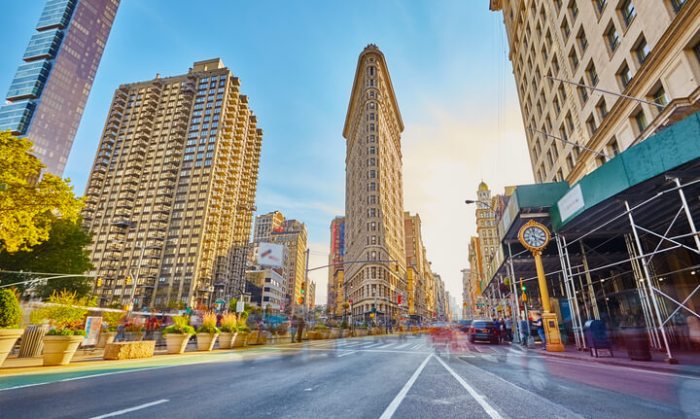Any way one looks at it, Tuesday’s groundbreaking for the new Whitney Museum of American Art is a monumental story — especially so for the communities in Downtown Manhattan.
As a piece of architecture, the 200,000-square-foot building on Gansevoort St. by Renzo Piano will be a striking structure in its design. It will be a major attraction in itself, and a vast improvement over the Whitney’s current, foreboding Madison Ave. home.
But more important, the Whitney’s return to below 14th St., near where it was born in the early 20th century, represents a seismic shift in the New York art world, and in the international art world, as well. Clearly, the epicenter of art has just shifted perceptibly from the Upper East Side back toward Downtown, New York’s true artistic heart.
Setting the stage for the Whitney’s move were the creation of the High Line park, and a few years before that, the establishment of the world’s foremost gallery district in Chelsea. The new Whitney will be located right next to the southern end of the elevated park, which, in turn, connects the Meatpacking District with nearby Chelsea and its art galleries. This will be an “art trail” like none other. In short, the new Whitney will fit in perfectly as an anchoring presence in this critical mass of art, culture and a cutting-edge new park.
It was only a dozen years ago that the Meat Market was on the cusp of its transition to the nightlife, entertainment and fashion boutique district that it is today. The change started slowly, and then was accelerated with the coming of the High Line. This unique park’s success shows how a dream by a couple of stubborn advocates, Joshua David and Robert Hammond, can ultimately succeed phenomenally, impacting and affecting entire neighborhoods, sending out ripples around the globe. In turn, one dream gives birth to another, as we see with the Whitney’s decision to site its new signature museum at the High Line’s southern end.
However, not everyone is so fond of the direction the Meat Market — now redubbed the less-gritty-sounding Meatpacking District — has taken. The Whitney’s new museum will shake things up once again, we’re sure. Hopefully, it will help spawn more arts- and cultural-related uses, bringing more of a balance to the Meatpacking District, which is currently heavy on nightclubs and high-priced designer boutiques.
These changes wouldn’t have been set in motion, however, if City Hall hadn’t gotten behind, first, the High Line project, and now, the Downtown Whitney. Real estate interests bitterly fought the idea for the High Line — yet, ironically, the elevated park has proven to be an incredible boon for real estate development around it. To make the new Whitney Museum possible, the city had to rezone Gansevoort St. on the block with the meatpacker’s co-op, which carries a deed restriction dating back to when the Astors owned the property.
At the same time, the city’s renewing the lease of the last eight remaining meat businesses in the co-op building is a good-faith gesture, showing the administration cares about preserving these companies and their jobs.
Obviously, the new Whitney in its striking, prominently located building, will be a tourism magnet of major proportions. This will, in turn, bring added traffic for local businesses, many of which have been devastated by last year’s closing of St. Vincent’s Hospital.
But most of all, it’s simply great news that such a significant art presence will be returning to our community. With the gallery scenes of first Soho, then Chelsea and now the Lower East Side, it’s clear that the art nexus, for years, has been shifting back Downtown. The Whitney’s museum is a giant affirmation of that reality, and will be a remarkable jolt of artistic vitality into our community.




































